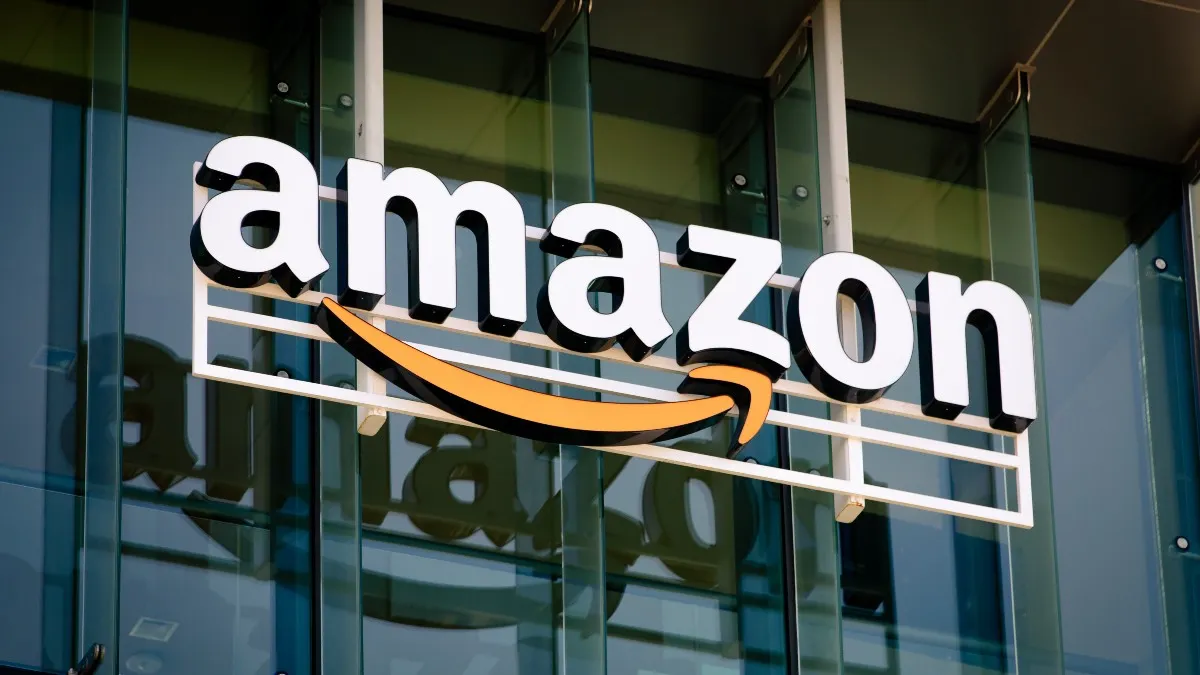
The Lawsuit That Has Amazon Shoppers Talking
Imagine returning a package to Amazon, getting your refund, and then—weeks later—being charged again. That’s what several Amazon customers say happened to them. In September 2023, four shoppers from Washington claimed they followed the return process, received refunds, and then got hit with unexpected charges. Now, they’re suing Amazon.
The case is drawing national attention because it affects something millions of people do all the time—online returns. The outcome could change how refunds are handled not just by Amazon, but potentially by other major retailers.
How It Started
The lawsuit was filed by four customers who said they returned products on time, used the provided return labels, and got confirmation that Amazon received the items. Still, weeks later, they were recharged.
They allege Amazon’s return system is flawed and lacks accountability. The complaint was filed in Washington state, where Amazon’s headquarters are located.
Amazon’s Legal Move
Amazon tried to get the case dismissed, arguing customers agreed to its refund policies when they shopped. But in March 2024, a federal judge ruled the case could continue. That doesn’t mean Amazon is guilty—it just means there’s enough evidence to move forward.
Right now, the case hasn’t been certified as a class action. But if it is, it could potentially involve a wide range of Amazon shoppers across the U.S.
What Amazon Is Accused Of
The plaintiffs are accusing Amazon of:
- Breaching its contract with shoppers
- Engaging in unjust enrichment
- Violating consumer protection laws
A key issue is Amazon’s “instant refund” system, which gives refunds before returned items are received. The lawsuit claims Amazon sometimes reverses those refunds without proof the return was invalid.
These aren’t minor complaints. The plaintiffs argue this refund reversal system lacks transparency and leaves customers with no way to appeal.
Who Could Be Affected
You might be impacted if you:
- Returned an item within the return window
- Received confirmation the item was received
- Later had your refund reversed without explanation
The complaint suggests this could involve customers over the past six years nationwide. If the lawsuit gains class-action status, Amazon may be required to notify all potentially affected customers.
What Could Happen Next
If the court certifies the case as a class action, and if Amazon is found liable, customers could be eligible for a payout. Past settlements in similar lawsuits have averaged around $32 per person.
But it’s not just about compensation. A ruling against Amazon could force the company to revise its refund policies, add more transparency, and improve customer service related to returns. It could also set a precedent for how other e-commerce platforms handle similar complaints.
How to Protect Yourself
Until there’s a verdict, shoppers can take steps to avoid issues:
- Keep records. Save tracking numbers, confirmation emails, and screenshots for every return.
- Monitor your refunds. Watch your credit card or bank statements to ensure no reversed charges slip through.
- Stay updated. Follow platforms like Top Class Actions or PACER.gov for news on the case and potential eligibility.
Final Thoughts
This lawsuit could reshape how refunds and returns are handled in e-commerce. Whether you shop at Amazon occasionally or regularly, the case has real-world implications.
If you’ve ever been recharged after a confirmed return, you’re not alone. Keep your documentation, stay informed, and watch how this case unfolds. It might just change online shopping for good.




Leave a Reply